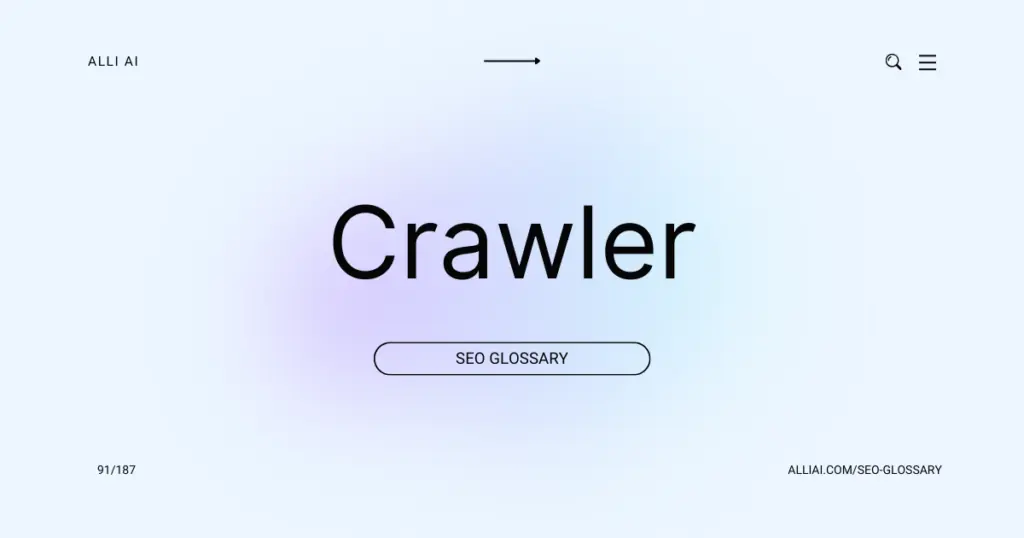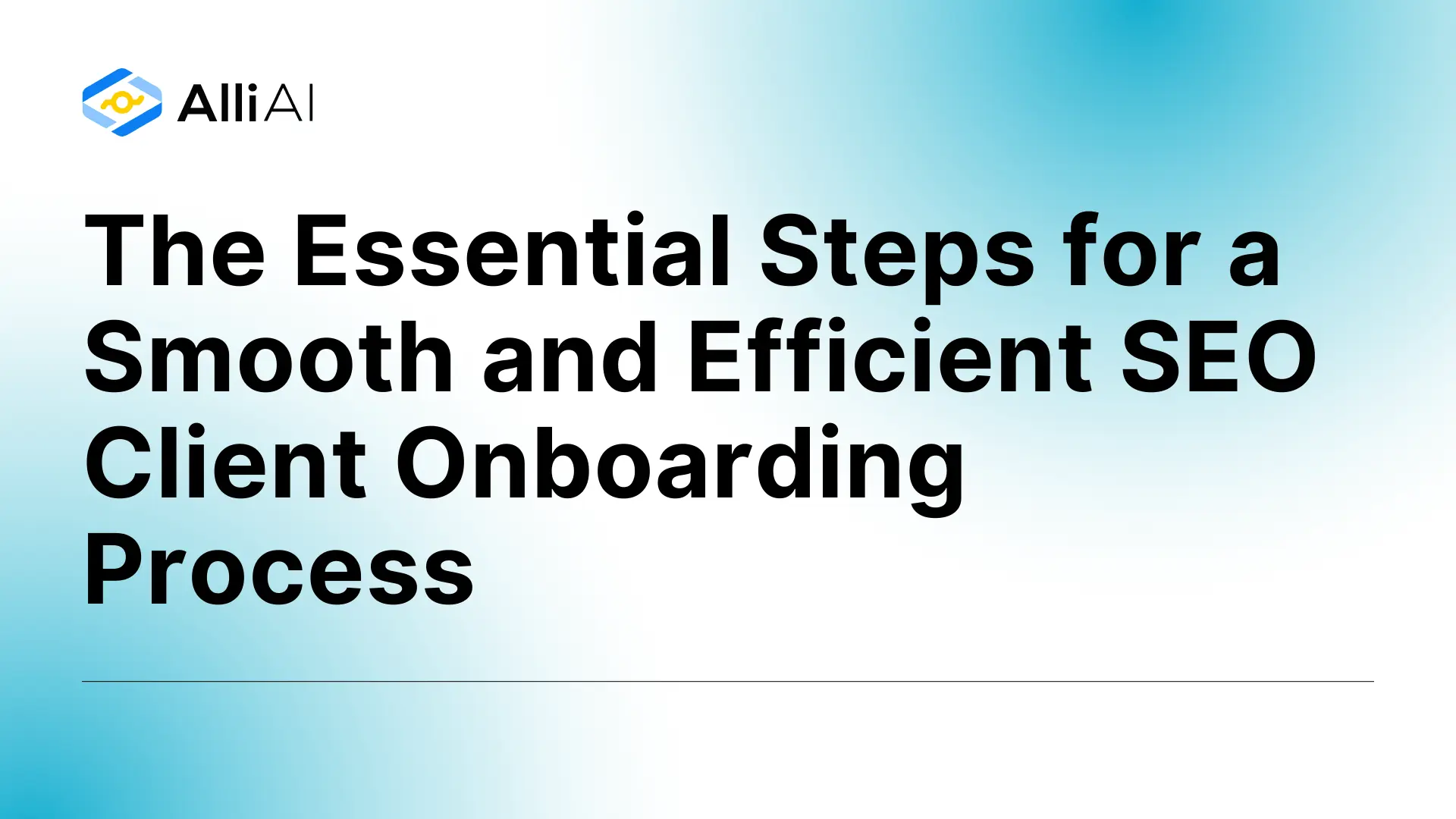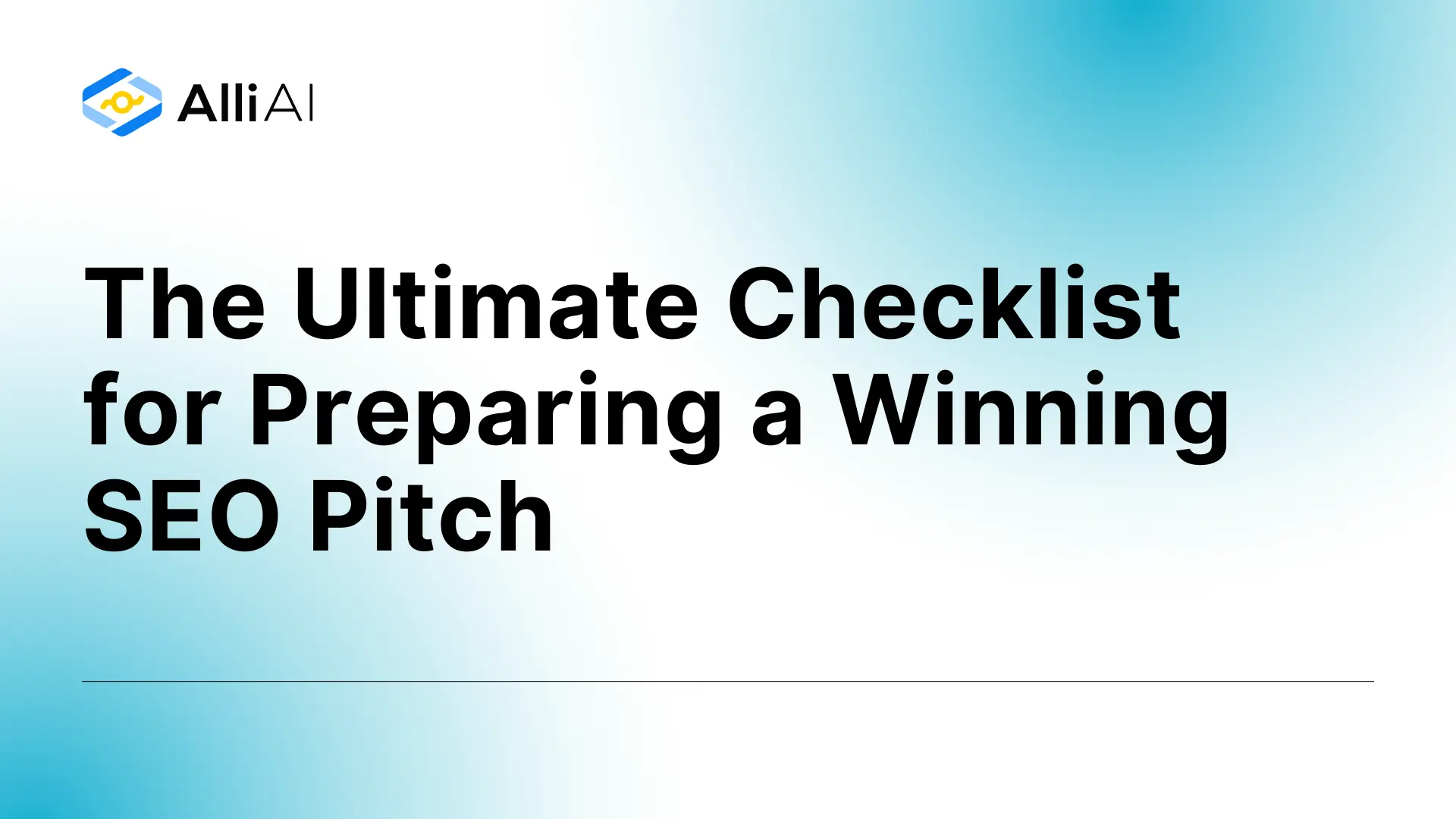What Does Crawler Mean?
A crawler, also known as a spider or a bot, is a program used by search engines to automatically browse the web and collect information from websites to build an index. This process helps the search engine understand what each website is about and how it should rank in search results.
Where Does Crawler Fit Into The Broader SEO Landscape?
A web crawler, also known as a spider or spiderbot, is primarily used by search engines to collect information from web pages for indexing. Crawlers are essential for SEO because they discover and retrieve web pages to be indexed based on content relevancy and quality, which significantly impacts a website’s visibility and ranking on search engine result pages (SERPs).
Crawlers help in identifying which pages are more relevant through keywords, content quality, backlink profiles, and site architecture. They are crucial for automated tasks such as checking links or updating dynamic content on web pages. Effective SEO strategies aim to optimize site structure, content, and metadata to make it easier for crawlers to interpret and rank the site appropriately, thereby enhancing its visibility and user traffic.
Moreover, crawlers play a key role in understanding site and page health. They can identify issues like broken links, poor mobile usability, slow loading speeds, and duplicate content, all of which can negatively affect SEO rankings. SEO professionals often use tools like robots.txt, sitemaps, and various directives to guide crawlers to index desired pages and avoid unnecessary or duplicate content indexing. This strategic guidance helps improve the efficiency of crawling and ensures that the most important content is surfaced in search results.
Real Life Analogies or Metaphors to Explain Crawler
1. A crawler is like a librarian who goes through every book in a library to understand what each one is about, helping them guide library visitors to exactly what they’re looking for.
2. Imagine a crawler as a spider weaving a vast web, with each thread connected to a different page or piece of information, meticulously linking them together as it moves.
3. Think of a crawler as a vacuum cleaner sweeping through the vast rooms of the internet, sucking up all the dirt (data) to clean (index) the space thoroughly.
4. A crawler is like a detective with a flashlight, exploring the dark corners of a massive building (the internet), searching for clues (information) that help solve a case (answer search queries).
5. Picture a crawler as a drone flying over a landscape, taking snapshots and collecting data on each house and path, creating a detailed map of the area for others to navigate.
How the Crawler Functions or is Implemented?
1. Discovery of URLs: Crawlers start with a list of URLs from previous crawls and sitemaps provided by website owners. New sites, changes to existing sites, and links from external sites contribute to the URLs that crawlers attempt to visit.
2. Scheduling: URLs are then prioritized based on various factors like how often the content changes, how important the page seems to be, and any crawl restrictions provided in a website’s robots.txt file. This step determines the order in which URLs are crawled.
3. Fetching: The crawler sends HTTP requests to the web servers hosting the URLs on its list asking for the content of those URLs. If the server response indicates that the data at the URL has not changed since the last crawl, the crawler may not download the content.
4. Processing: Once a page is fetched, the crawler reads the content of the page to identify all the links on the page. It extracts these links and adds new URLs it finds to the list of URLs to be crawled.
5. Content Parsing: The crawler then analyzes the content to understand what the page is about. Parsing can involve extracting data like text, images, videos, and the like, and identifying keywords, metadata, and other signals.
6. URL Filtering and Deduplication: This step involves filtering out any URLs that are duplicates or that should not be crawled based on the rules specified in robots.txt or other directives. Deduplication ensures that the crawler does not waste resources retrieving the same content multiple times.
7. Data Storage: Crawled data is stored in a database, typically structured in a way that supports later retrieval and ranking by the search engine’s algorithms.
8. Re-crawling: Based on the change frequency, importance, and other factors, crawlers revisit URLs to check for updates, alterations, or deletions, which helps keep the search engine’s index fresh and up-to-date.
Impact Crawler has on SEO
Crawlers, such as Googlebot, greatly impact a website’s SEO performance by determining its visibility in search engine results. Efficient crawling of a website leads to more accurate indexing, which in turn influences how well the site ranks on search engine results pages (SERPs). If a crawler cannot effectively access and interpret content due to poor site structure, heavy use of non-text content (like images or videos without proper tags), or complex navigation elements, it can result in lower rankings or even non-indexing of parts of the site.
Furthermore, crawlers influence user experience indirectly by affecting how content is indexed and served to users. A well-indexed site allows search engines to quickly provide relevant content to users, enhancing their overall search experience. Conversely, a poorly crawled site might not display relevant sections in search results, diminishing user experience and potentially reducing site traffic and engagement.
SEO Best Practices For Crawler
1. Ensure your website is crawlable by using a robots.txt file to guide and permit search engine crawlers.
2. Include a well-structured sitemap.xml file to inform crawlers about the organization of your site content.
3. Optimize your website’s load speed by compressing images, minifying CSS and JavaScript, and leveraging browser caching.
4. Make use of structured data (schema markup) to help crawlers understand the context of your content.
5. Improve URL structure by keeping URLs short, meaningful, and keyword-rich.
6. Maintain a mobile-friendly website using responsive design techniques to cater to Google’s mobile-first indexing.
7. Optimize content by including relevant keywords naturally in titles, headers, and throughout the article body.
8. Optimize meta tags, particularly the title tag and meta description, to include pertinent keywords.
9. Ensure internal links are used effectively throughout your website to help crawlers navigate and index content.
10. Implement canonical tags to prevent problems with duplicate content.
11. Regularly update content to keep it fresh and relevant.
12. Monitor crawl errors in website analytics or Google Search Console and address any issues promptly.
Common Mistakes To Avoid
1. Disallowing Important Pages in robots.txt: Accidentally blocking essential pages or entire sections of your website from being indexed. To avoid this, regularly review and test your robots.txt file to ensure it correctly allows or disallows access to desired sections of your site.
2. Poorly Managed URL Parameters: Using URL parameters that generate numerous similar URLs can lead to content duplication. Use the Google Search Console to control how search engines handle URL parameters. Set parameters to representative URLs if they do not change page content.
3. Duplicate Content Issues: Failing to use canonical tags can result in multiple pages with identical or similar content, confusing crawlers about which page to index. Implement canonical tags to point search engines to the primary page.
4. Infinite Spaces and Faceted Navigation: Creating crawl traps through poor website architecture where crawlers get stuck in endless loops. Prevent this by carefully planning your site’s navigation and architecture, and consider using nofollow attributes or robots.txt to control access to URL parameters that generate infinite spaces.
5. Slow Loading Times: Slow server response times can hinder crawler efficiency, reducing the number of pages indexed. Optimize server performance and consider using a Content Delivery Network (CDN) to improve load times.
6. Using Non-Indexable Formats: Over-reliance on content within images, videos, or formats not easily accessible to crawlers like JavaScript. Ensure critical content is in HTML format and use ALT tags for images.
7. Links Buried in JavaScript or Other Non-HTML Formats: Links not accessible by crawlers can prevent indexing of connected pages. Use progressive enhancement to ensure links are accessible even when JavaScript is turned off.
8. Improper Use of Directives: Misusing noindex, nofollow, or indexed when it’s not necessary can hinder your SEO efforts. Regularly audit your use of these directives to make sure they’re implemented correctly.
9. Blocked Resources: Blocking CSS and JavaScript files can prevent crawlers from rendering pages correctly. Ensure that your site’s robots.txt does not disallow CSS or JavaScript files crucial for rendering pages.
10. Ignoring Hreflang and International SEO: Neglecting hreflang tags in international and multilingual sites can confuse crawlers about which version of a page is relevant for a particular region or language. Implement hreflang tags correctly to guide search engines effectively.
11. Mobile Unfriendliness: Not optimizing for mobile can affect crawling, as Google predominantly uses mobile-first indexing. Ensure your site is responsive and easily navigable on mobile devices.
12. Poor Internal Linking: Sparse or inefficient internal linking can lead to orphan pages that crawlers can’t find. Develop a robust internal linking structure to ensure all important pages are accessible.
13. Session IDs in URLs: Session IDs can create multiple URLs with identical content. Where possible, avoid session IDs in URLs or manage them wisely through parameter handling tools in search engines.
14. Using Flash or Other Deprecated Technologies: Content embedded in technologies like Flash might not be indexed. Shift to web-friendly technologies like HTML5 to ensure content is crawlable.
15. Failing to Monitor Crawl Errors: Not addressing crawl errors reported in tools like Google Search Console can leave issues on your site unresolved. Regularly monitor and fix crawl errors to maintain site health.






